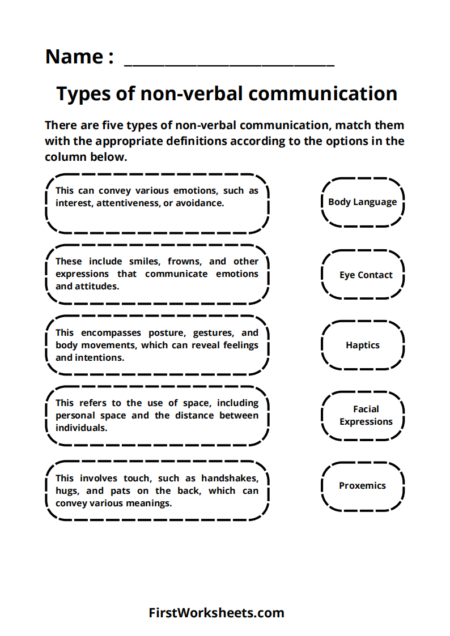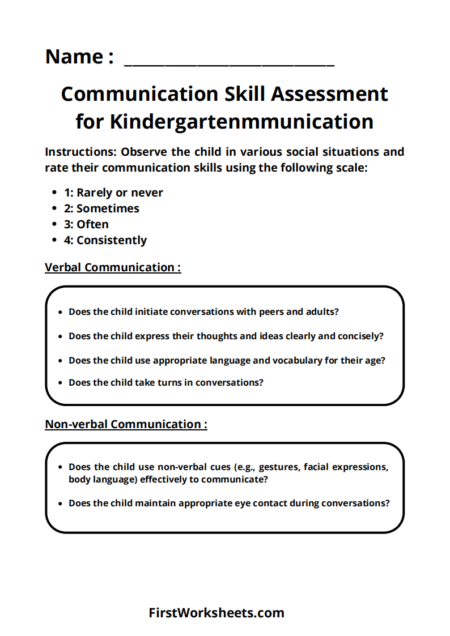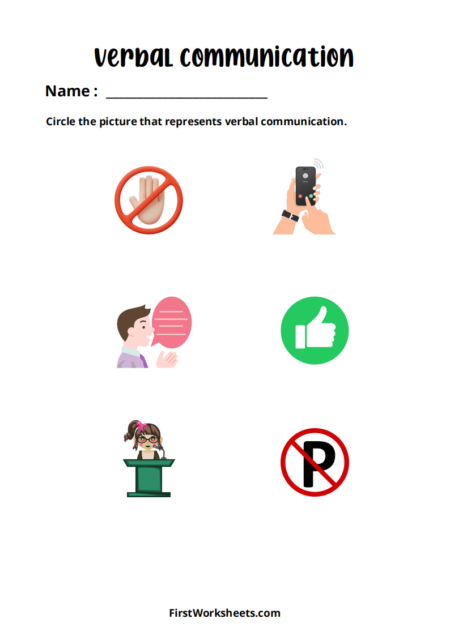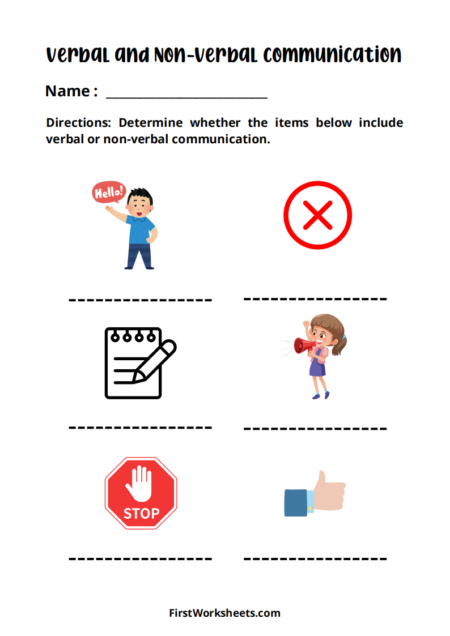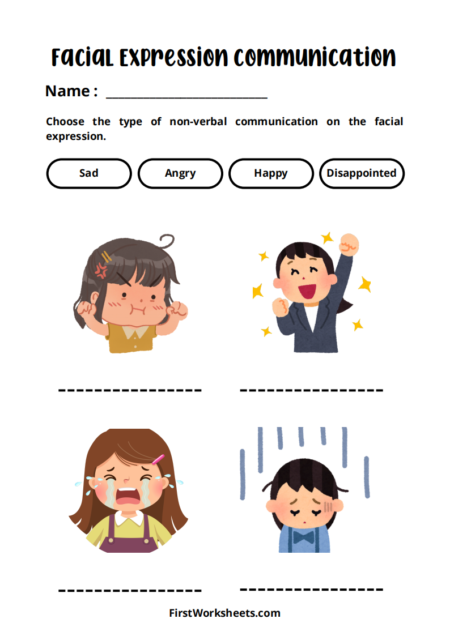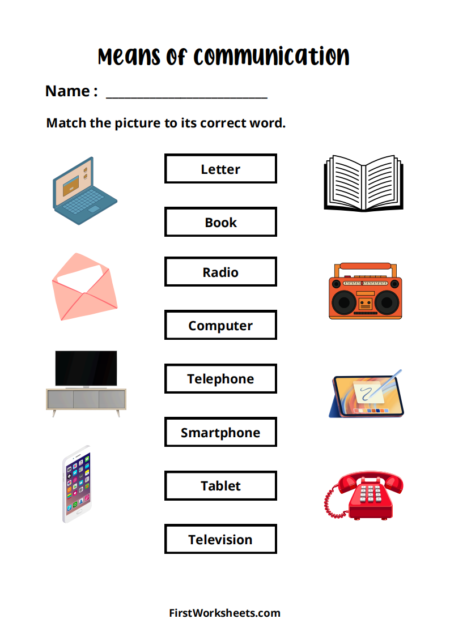This worksheet focuses on identifying and understanding the four primary communication styles:
- Passive: Individuals with this style tend to prioritize others’ needs over their own, often avoiding expressing their opinions or feelings. They may struggle with saying “no” and can be easily taken advantage of.
- Aggressive: This style is characterized by dominating conversations, speaking forcefully, and using blaming language. Aggressive communicators often try to control others and may resort to intimidation tactics.
- Passive-Aggressive: People with this style express dissatisfaction indirectly. They may use sarcasm, backhanded compliments, or the silent treatment to convey their displeasure, making it difficult for others to understand their true feelings.
- Assertive: This is considered the most effective communication style. Assertive individuals express their needs and opinions clearly and directly while respecting the rights of others. They can say “no” when necessary and stand up for themselves without being aggressive.
Purpose of the Worksheet:
- Education and Self-Awareness: The worksheet helps individuals learn about different communication styles, including their potential advantages and drawbacks. This knowledge can promote self-awareness, allowing individuals to identify their own communication patterns.
- Improved Communication Skills: By understanding these styles, individuals can learn to recognize them in others and adapt their communication approaches accordingly. This can lead to more effective and positive interactions.
- Conflict Resolution: Recognizing communication styles can be crucial in conflict resolution. Understanding how different styles contribute to misunderstandings and escalate conflicts can help individuals navigate disagreements more constructively.
- Personal Growth: The worksheet can encourage individuals to develop healthier communication habits, particularly by moving towards a more assertive style. This can enhance relationships, build self-confidence, and improve overall well-being.
This worksheet serves as a valuable tool for improving communication skills and fostering healthier relationships.

Answer Key

